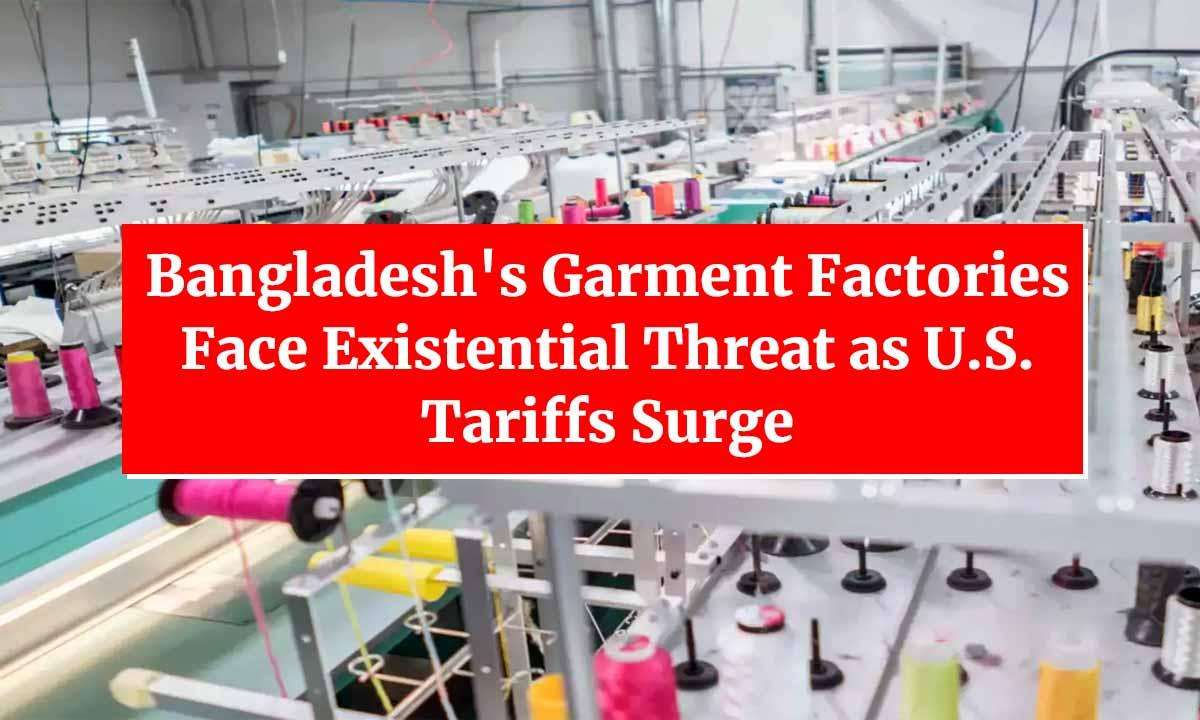The backbone of Bangladesh's economy, its thriving garment industry, is reeling from the impact of newly imposed U.S. tariffs, sending shockwaves through factories that have long relied on exports to the American market. The sudden and substantial tariff increases have triggered an urgent scramble for solutions, as industry leaders warn of potentially devastating consequences, Daily Dazzling Dawn understands.
Bangladesh, a global powerhouse in ready-made garment (RMG) production, has enjoyed significant growth fueled by its competitive pricing and ability to meet the demands of major U.S. retailers. However, the recent implementation of significantly increased tariffs by the United states, has changed the economic landscape. The new tariffs, which greatly increase the previous tariffs, has created a very difficult situation for the Bangladeshi garment sector.
Key Concerns:
Loss of Competitiveness:The increased tariffs make Bangladeshi garments significantly more expensive for U.S. buyers, potentially driving them to seek alternative suppliers in other countries with more favorable trade agreements.
Economic Impact:The RMG sector accounts for a substantial portion of Bangladesh's exports and employs millions of workers, primarily women. A decline in exports could lead to widespread job losses and economic instability.
Factory Closures:Factories that heavily rely on U.S. orders face the risk of closure, particularly smaller and medium-sized enterprises that may not have the financial resilience to withstand the shock.
Supply Chain Disruption:The instability created from the tariffs, creates issues with supply chain stability, and makes it hard for Bangladeshi buisnesses to plan for the future.
Industry Response:The Bangladesh Garment Manufacturers and Exporters Association (BGMEA) and the Bangladeshi government are actively seeking solutions, including: Diplomatic efforts to negotiate with the U.S. government to reduce or eliminate the tariffs.
Exploring diversification of export markets to reduce reliance on the U.S.
Focusing on value-added products and improving production efficiency to maintain competitiveness.
The situation remains fluid, and the long-term impact on Bangladesh's garment industry remains uncertain. However, the immediate challenge is clear: to navigate the turbulent waters of international trade and secure the future of a vital economic sector.








.svg)


